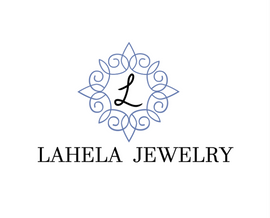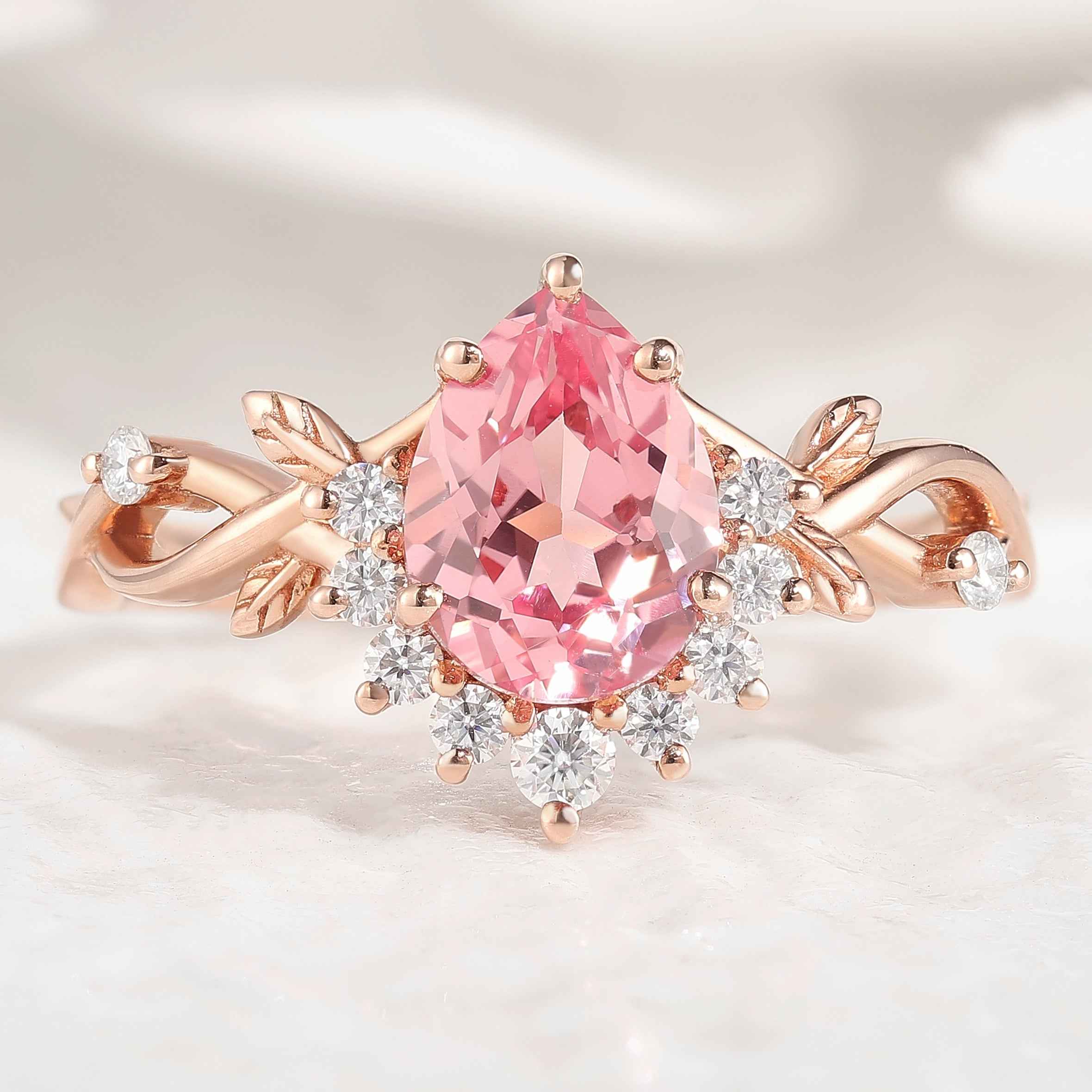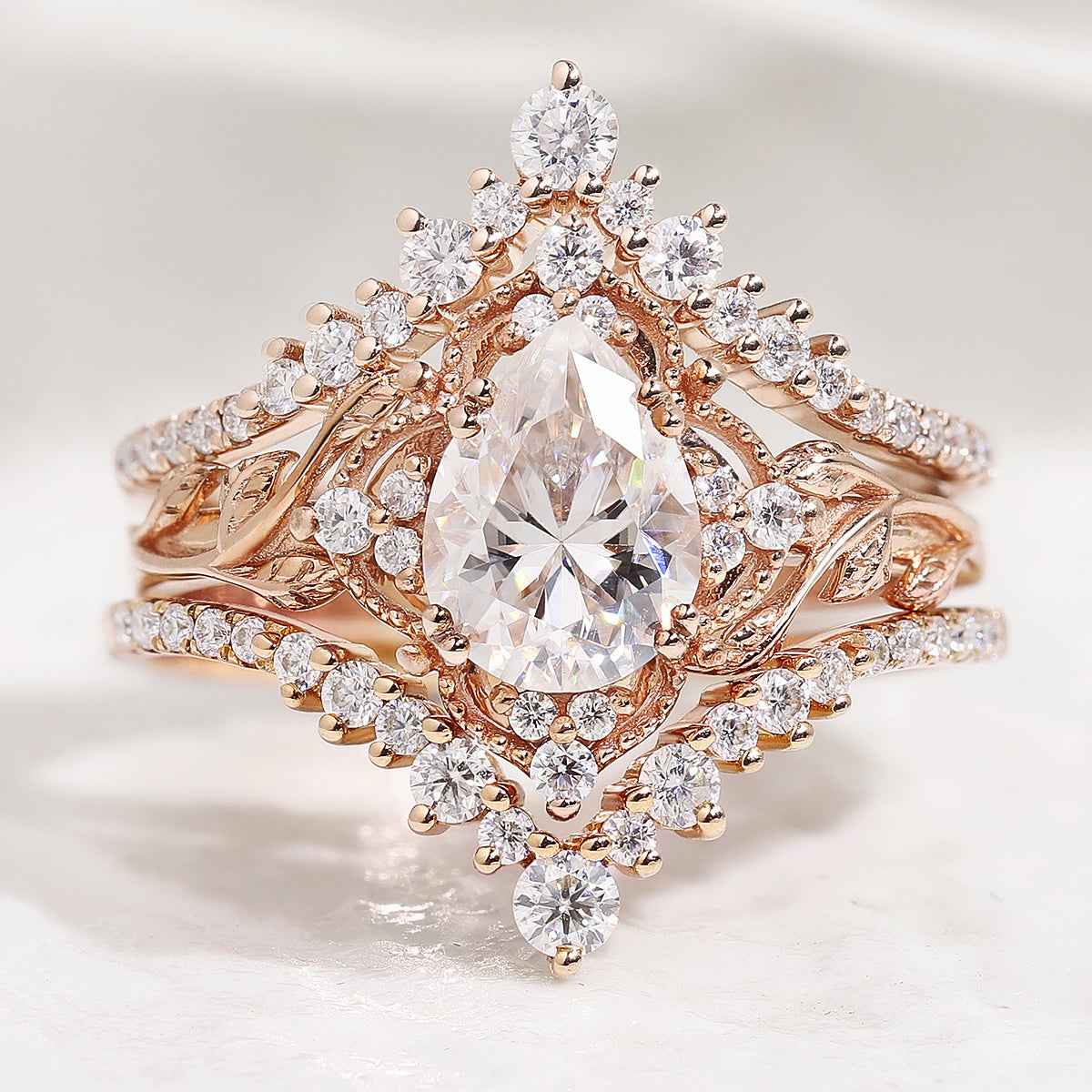Looking for a ring that dazzles with every turn? A pave setting offers unmatched brilliance and elegance. In this comprehensive guide, we’ll dive into everything you need to know about pave setting rings—from their timeless beauty and advantages, to how to care for them and keep that sparkle alive. Whether you’re shopping for an engagement ring or a statement piece, discover why pave settings are a favorite choice for adding extraordinary shine to any jewelry.
What is a Pave Setting in Rings?
A pave setting in rings refers to a style of setting where small diamonds or gemstones are set closely together across the band, creating a "paved" appearance that is visually stunning. In this setting, the stones are held in place by small metal beads or prongs, allowing them to sit flush with the surface of the ring, which maximizes light reflection and adds an extra sparkle to the design. Pave settings are commonly used in engagement rings, wedding bands, and other fine jewelry to enhance the overall brilliance of the piece.
What Does Pave Mean in Rings?
The term "pave" comes from the French word "paver," meaning to pave or cover with stones. In the context of rings, it refers to a setting style where small diamonds or gemstones are set closely together across the band. This creates a continuous surface of sparkle, with the stones appearing to be "paved" into the metal. The result is a smooth, glittering effect that enhances the overall design of the ring.
What is a French Pave Ring?
A French pave ring is a specific type of pave setting where the stones are set into the band using small prongs or beads that are raised, allowing the diamonds or gemstones to sit slightly above the metal surface. This setting style is often more intricate and refined compared to traditional pave settings, as it allows for more light to hit the stones from different angles, enhancing their brilliance.
What Are the Advantages of a Pave Setting Ring?
There are several advantages to choosing a pave setting for your ring:
-
Enhanced Sparkle and Brilliance: The closely set stones in a pave setting reflect light beautifully, making the ring shine brightly from every angle. This makes it an excellent choice for those who love the look of diamonds and gemstones that sparkle continuously.
-
Versatility: Pave settings are extremely versatile and can be applied to various types of jewelry, including engagement rings, wedding bands, and statement pieces. Whether you’re looking for a modern or vintage-inspired design, pave settings can fit any aesthetic.
-
Increased Stone Visibility: Since the stones are set very closely together, the overall look is one of continuous sparkle, which can make smaller diamonds appear larger. This creates a dramatic effect while maintaining a sleek, elegant design.
-
Sleek and Elegant Design: The pave setting gives the ring a polished, continuous surface of stones, often giving the appearance of a larger, more intricate design without being overly bulky or cumbersome.
What Are the Disadvantages of a Pave Setting Ring?
While pave rings are beautiful, there are a few disadvantages to consider:
-
Maintenance: The small stones in a pave setting can be more prone to loosening over time due to daily wear. The small prongs or beads holding the stones in place may need to be checked regularly to ensure the stones are secure.
-
Vulnerability: Pave settings can sometimes be more vulnerable to damage, as the stones are close to the surface. If a stone is knocked or struck, it could potentially come loose or even be lost.
-
Cleaning: The small stones and prongs can accumulate dirt or oils from everyday use, which may cause the ring to lose its sparkle. Regular cleaning is necessary to maintain the ring’s brilliance.
-
Resizing Challenges: Resizing a pave ring can be more complicated than resizing a solitaire ring. Since the small stones are set closely together, resizing may require the removal of some stones or adjustments to the setting, which could impact the integrity of the design.
Are Pave Rings Durable?
Pave setting rings are generally durable, but their longevity depends on the quality of the craftsmanship and the type of stones used. High-quality pave settings with strong metal bands (such as platinum or 18k gold) can withstand daily wear and tear. However, because the stones are set closely together, they are more vulnerable to damage if the ring is subjected to rough conditions or hard impact.
To maintain the durability of a pave ring, regular inspections by a professional jeweler are recommended. It’s also essential to ensure that the stones are securely set and to avoid activities that may cause unnecessary wear on the stones.
Can Pave Rings Be Resized?
Resizing a pave setting ring is more challenging than resizing a traditional solitaire ring. Since the stones are set so closely together, resizing the band may involve removing and resetting some of the stones or adjusting the prongs, which can affect the overall appearance of the ring.
If you need to resize a pave setting ring, it’s best to work with a skilled jeweler who specializes in intricate settings. In many cases, if the ring is resized significantly, the pave setting may need to be reworked to ensure that the stones remain secure and the design retains its integrity.

FAQ about Pave Setting Rings
1. What is the Difference Between Pave and Micro Pave Settings?
While both pave and micro pave settings feature closely set stones, micro pave involves even smaller stones and finer prongs, which gives the ring a more intricate, detailed appearance. Micro pave is often used for more delicate designs or smaller settings where precision is crucial, while standard pave settings use slightly larger stones and more noticeable prongs.
2. Can Pave Settings Be Used for Other Jewelry?
Yes! Pave settings are not limited to engagement rings and wedding bands. They are commonly used in a variety of other jewelry pieces, such as bracelets, necklaces, earrings, and even pendants. The versatile nature of the pave setting makes it a great choice for adding sparkle to any piece of jewelry.
3. Are Pave Rings More Expensive Than Solitaire Rings?
Generally, pave rings tend to be more expensive than solitaire rings because they require more intricate craftsmanship and a higher number of stones. The cost can vary depending on the type of stones used, the metal of the band, and the complexity of the design. However, the extra sparkle and luxurious look often justify the price.
4. How Do I Choose Between a Pave and Channel Setting?
Choosing between a pave and channel setting depends on your aesthetic preferences and lifestyle needs. A pave setting offers a continuous sparkle with stones set all over the band, while a channel setting features stones set in a groove, creating a more streamlined look. Pave settings are more delicate and can be more prone to damage, while channel settings provide a more secure and practical option.
5. Are Pave Rings Safe for Daily Wear?
Pave rings can be safe for daily wear, but it depends on the quality of the setting and the type of stones used. If you're concerned about durability, look for a pave ring made with high-quality metals (like platinum or 18k gold) and securely set stones. It's also a good idea to remove the ring when doing heavy tasks or activities that may expose it to rough impact.
6. How Do I Care for a Pave Setting Ring?
To care for your pave setting ring, avoid exposing it to harsh chemicals or extreme temperatures, as these can weaken the setting or cause stones to become loose. Regular cleaning with a soft brush and mild soap will help maintain its sparkle. It’s also advisable to have your pave ring professionally inspected every 6-12 months to ensure the stones are secure.
7. Can I Combine a Pave Ring with Other Jewelry Styles?
Absolutely! Pave rings pair beautifully with many other jewelry styles, including solitaire diamonds, vintage designs, or stackable bands. Pave settings add extra brilliance to any ring, making them a great choice for layering or stacking with other rings or jewelry pieces.




